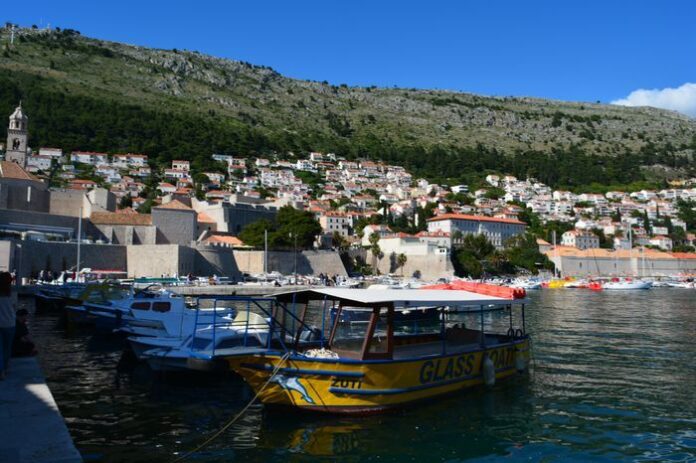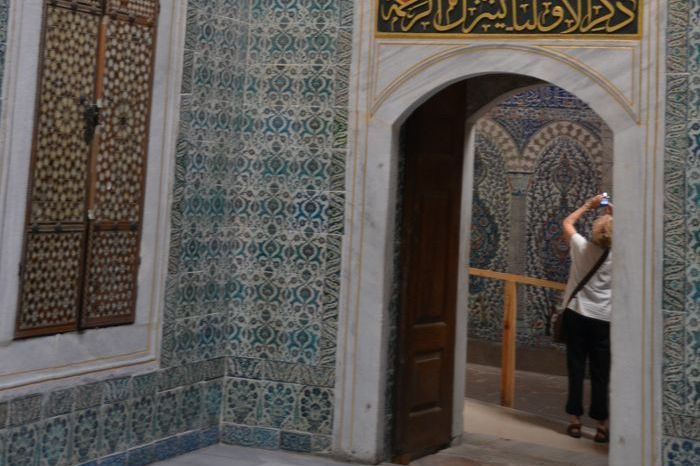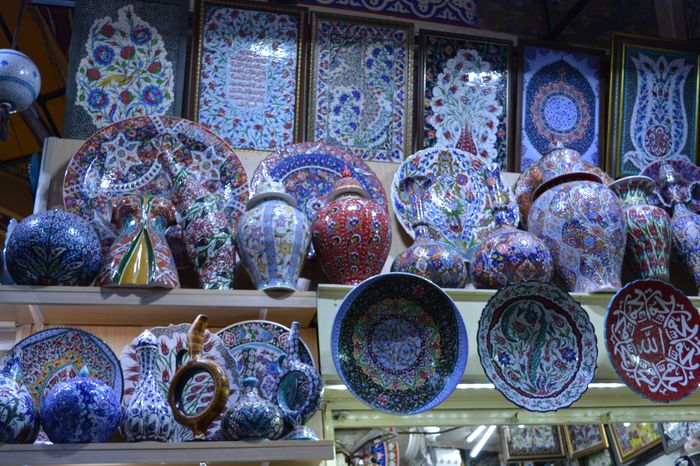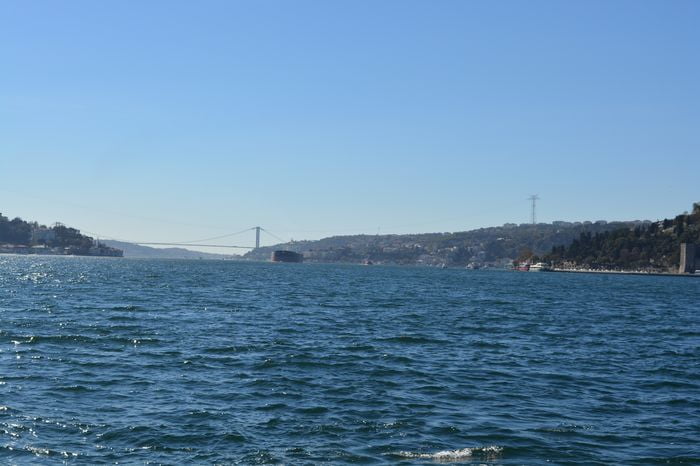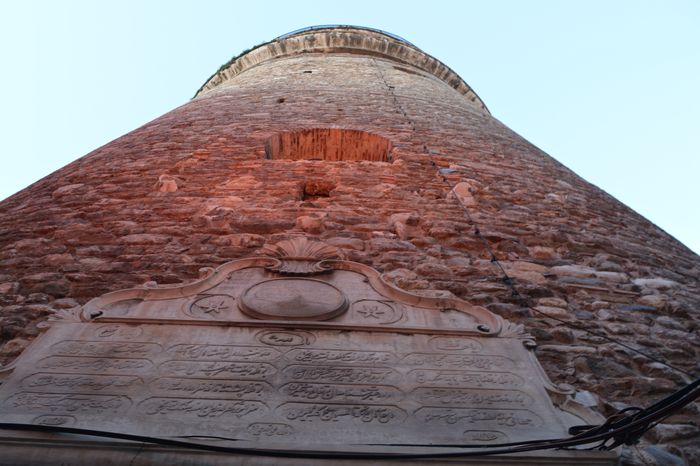The Gate of Charisius, located near Edirne Kapoussi, has several important historical connections and landmarks linked to it. One notable fact is that the Church of St. George, the protector of the entrance, was located near this gate. The church was dedicated to St. George and stood just south-east of Edirne Kapoussi until 1556.
The Church of St. George and its Legacy
In 1556, Sultan Suleiman the Magnificent decided to use the land where the Church of St. George stood for the construction of the Mihrimah Mosque. As a result, the Greek community was compensated with a new church site to the north-west of the gate. This new church, which is still standing today, is also called St. George and serves to preserve the traditions of the past Edirne Kapı.
Connection to Other Important Sites
Like Edirne Kapoussi, the Gate of Charisius was located at a key point in the city. From this gate, one could easily reach several significant places in Constantinople:
The Church of the Chora (also known as Kariye Camii), The Church of St. John in Petra (also called Bogdan Serai), The Palace of Blachernae
These landmarks were essential parts of the city’s religious and political life, and the gate’s position made it a convenient route to these locations.
The Gate of Charisius Other Names and Functions
The Gate of Charisius was also known as the Gate of the Polyandrion or the Myriandron (Greek: Πύλη τοῦ Πολυανδρίου, τοῦ Μυριανδρόμου), meaning the Cemetery Gate. This name comes from the fact that the gate was close to the Polyandrion, a large burial ground for important figures Sofia Walking Tour.
The Polyandrion was a cemetery used for notable people, including emperors and noblemen, which is why the gate became known by this name as well.
The Lectionary of St. George
In addition to the historical events tied to the gate and the church, there is an interesting lectionary (a liturgical book containing scripture readings) linked to St. George’s Church. The church possesses two ancient lectionaries: one containing the Epistles and the other containing the Gospels.
One of these lectionaries has a fascinating history. It was presented to the Church of St. Sophia in 1438 by a monk named Arsenius from Crete. That same year, Patriarch Joseph took it with him to Ferrara for a council that aimed to discuss the possible union between the Western and Eastern Churches. After his death in Florence, the manuscript was returned to St. Sophia.
After the fall of Constantinople, the manuscript eventually came into the hands of a man named Manuel, the son of Constantine. In 1568, he gave it to the Church of St. George, where it is now kept and cherished.
The Gate of Charisius and Its Legacy
The Gate of Charisius (or Edirne Kapoussi) was an important entrance to Constantinople, not only for its military and strategic role but also for its connection to religious and cultural landmarks. Its proximity to the Church of St. George, the Polyandrion Cemetery, and other significant sites highlights its central role in the history of the Byzantine Empire. The gate’s name, along with the church’s legacy and the history of the lectionary, continues to remind us of the rich past of this remarkable city.
